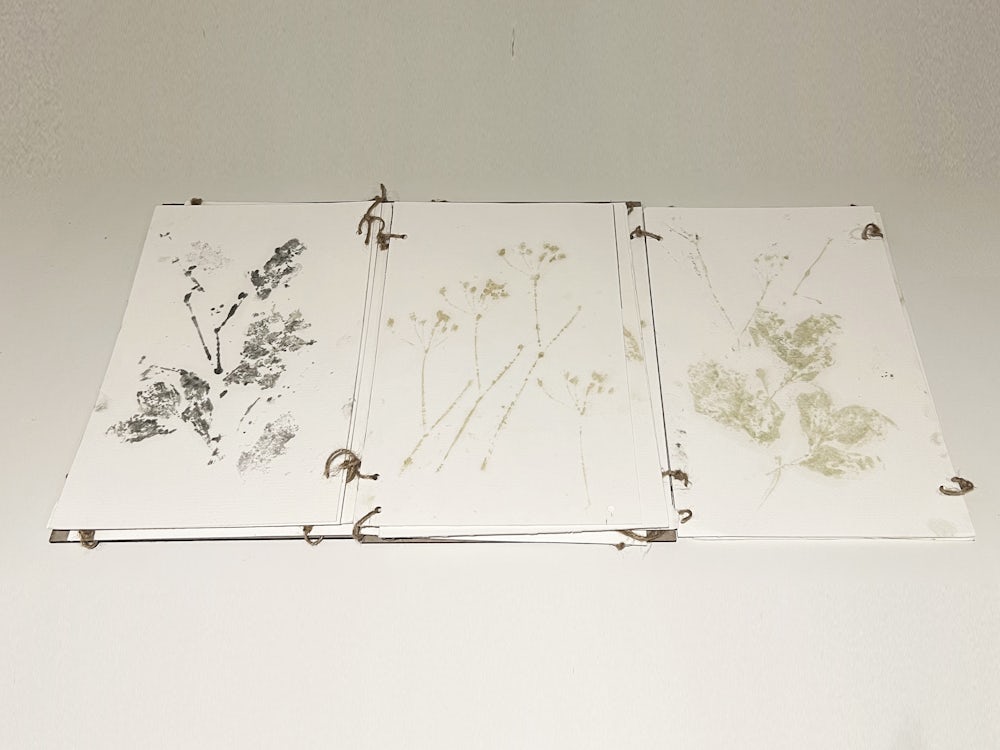Boris Martic
"Air Mapping: An Archive of London's Lichens"
Section MS6, Gabriella Demczuk
Keywords: environment, air, archive, pollution, nature, photography, prints
Air is the very substance of our freedom, the substance of superhuman joy.... aerial joy is freedom. Air and Dreams, G. Bachelard
In the year 2023, it is recorded that more than 500,000 Londoners are suffering from asthma and are vulnerable to toxic substances of nitrogen oxides (NOx) in the air. Every year, air pollution increases the risk of cancer, dementia, and lung diseases, as well as the premature death of thousands of people. Nitrogen oxides(NOx), a group of harmful gases that include nitrogen dioxide (NO2) and nitric oxide(NO), is emitted by burning fossil fuels, coal, oil, and diesel at high temperatures. The highest source of nitrogen oxides(NOx) comes from road traffic.
In response, ULEZ (Ultra Low Emission Zone) was implemented by the city in 2019 to cut the number of older, polluting vehicles on the road and to help reduce levels of nitric oxide(NO) by 46% in central London and by 21% in inner London. However, in 2023 the average level of nitrogen dioxide(NO2) within London has not fallen as quickly as predicted and there are still parts of London that are deeply polluted.
Simultaneously, this has also impacted the health of vegetation in the city, specifically on lichens, miniature ecosystems made up of fungus and algae that collect nutrients directly from the air. As they lack roots or a protective filter surface, they are more susceptible to air pollution. In the 1960s, the number of lichen varieties dropped to one due to coal industry pollution; however, throughout the years, green measurements and strategies such as ULEZ, has helped to increase the number of new species in London.
This project aims to use lichen as a bio-monitor to record the air quality of Hyde Park. By collecting different varieties of lichen throughout the park and utilizing their pigment to create prints, their presence indicates the contemporary conditions of the park’s air quality, documenting a specific moment in time. Bringing these prints together into a book creates an ‘air map’ of Hyde Park, which implicates the spacial connection to the site itself. As these pages are opened, the viewer will notice how the new prints pop up, just as the lichens species begin to find their place in the park again. Once the book is fully opened, the entire archive of the lichens is found, just as they were found in the park.




